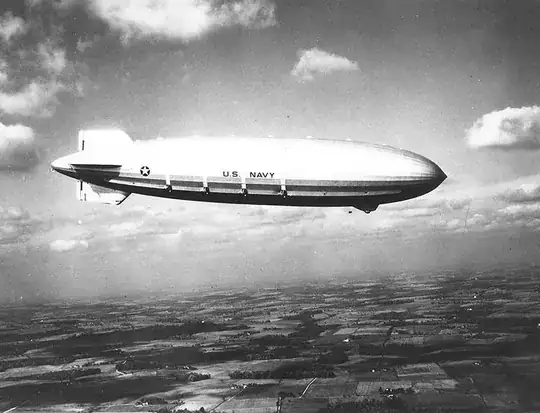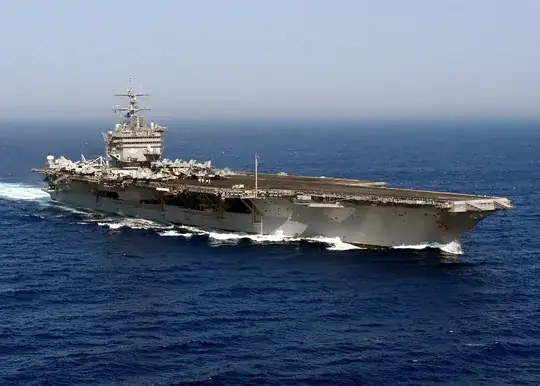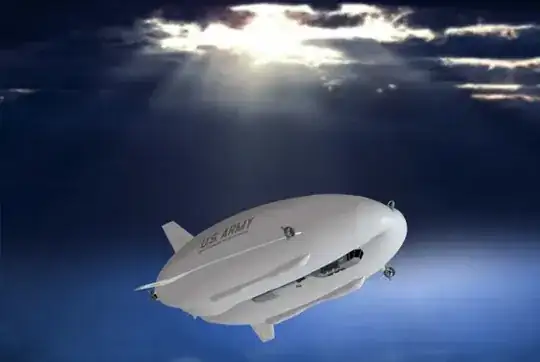Of course there is always The Avenger's flying carrier (which is ridiculously impractical but should be mentioned).

Moving away from fantasy towards reality then actually there have been some serious real-world investigations along these lines.
http://en.wikipedia.org/wiki/Airborne_aircraft_carrier
USS Akron (ZRS-4) and USS Macon (ZRS-5) were two rigid airships built for scouting duties for the U.S. Navy and operational between 1931 and 1933.
Following experiments with launching and recovering small aeroplanes using the USS Los Angeles (ZR-3), the USA designed the Akron and Macon with internal hangars able to house a number of Curtiss F9C Sparrowhawk biplane fighters. The fighters were launched and recovered using a "trapeze" mechanism

This leads us to our first point, the carrier will be slow moving and extremely heavy so it would not lend itself to heavier-than-air flight. However airships are excellent for lifting large loads at slower speeds. They also do not disrupt the airflow around themselves so would be better for landing and taking off from.
In earth conditions:
The USS Enterprise weighs 94,780 tons.
1000 cubic feet of helium can lift 65.82 lbs.
So we need 2 879 975 000 cubic feet of helium.
The carrier itself is 2106 feet long and 1522 feet wide so if we make the balloon the same size as the carrier that gives us a helium balloon 2106 feet long, 1522 feet wide and 900 feet high
That's a damn big balloon! There's no complete blocker on building it though, it would be expensive, slow, and vulnerable but it certainly could be done if enough money was thrown at it.
In our hypothetical world
The gravity is 0.6 earth standard, that will make the same change to the weight:
The USS Enterprise now weighs 56,868 tons.
The atmospheric density is hard to calculate for as the helium will also be compressed more if the pressure rises. Lets say the atmosphere has earth pressure but increased density. In that case Helium has 50% more effective lifting power and 1000 cubic feet of helium can now lift 98.73lbs.
So we now need 1,151,990 cubic feet of helium.
That now gives us a helium balloon 2106 feet long, 1522 feet wide and 359 feet high
As you can see the altered conditions of your world make things much easier.
But what about the weight of the ballon?
The weight of the lifting gas itself is already included in the buoyancy figures so can be discounted. The balloon structure itself will have a noticeable weight but it will still be a tiny fraction of the weight of the aircraft carrier so while it would need to be allowed for if someone were designing this for real it will not make large changes to these figures which are illustrative anyway.




